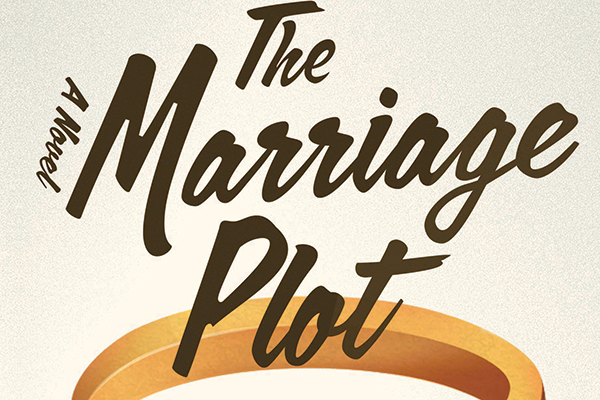The Marriage Plot
By Jeffrey Eugenides
Admittedly, I was rather sceptical when I first picked up the novel. It all sounded so clichéd: girl meets boy, girl meets another boy, she must make a decision between the two, just like another terrible Hugh Grant movie. And to add to this onslaught of banality was the irony that Madeline, a hopeless romantic, studies the marriage plot that she herself becomes a part of. However, although Eugenides’ novel orientates itself around the clichéd marriage plot, his stylistic charm and approach leaves the reader refreshed and somewhat disassociated from the classic plots of Austen and Elliot. Eugenides’ approach is more critical, and he works to deconstruct the romanticised notion of marriage and love. Madeline herself gets wind of this notion of deconstructing love when she enrols in a semiotics course. The focus on the literary theory of semiotics and structuralism put forth by Derrida and Barthes segues into Eugenides’ own critique. What I believe Eugenides is attempting to do in this novel is to see whether the classic, canonical marriage plot that was presented by Elliot and Austen would survive in a modern context. We no longer find ourselves in a Lizzie Bennett situation, having to find an appropriate suitor with enough money and social standing to ensure our family and estate are supported. There is room for more of a focus on love — but what is “love”? Is it the developing love within a close friendship, or is it the love of saving someone from depression?
Eugenides picks up where Austen left off with her focus on love, and modernises some of the themes she began to develop in her texts. He presents an accessible, readable, hilarious, and heart-warming narrative. Although the literary theory can be a little heavy in the beginning, it is an excellent read for anyone who enjoys a good ole love story but is looking for a bit of a twist on this classic plot. And who does Madeline chose in the end? You’ll have to read it and find out.



